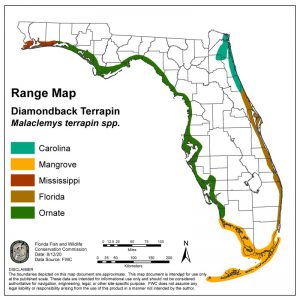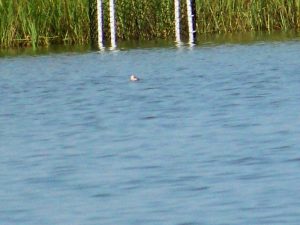Since 2005 we have been tracking and monitoring diamondback terrapins in the Florida panhandle. For those of you who are not familiar with the animal, it is a turtle in the family Emydidae. Emydid turtles include what we call “pond turtles” and also include the box turtles. Terrapins differ from the others in that (a) their skin is much lighter, almost white, and (b) they like salt water – more accurately, they like brackish water.
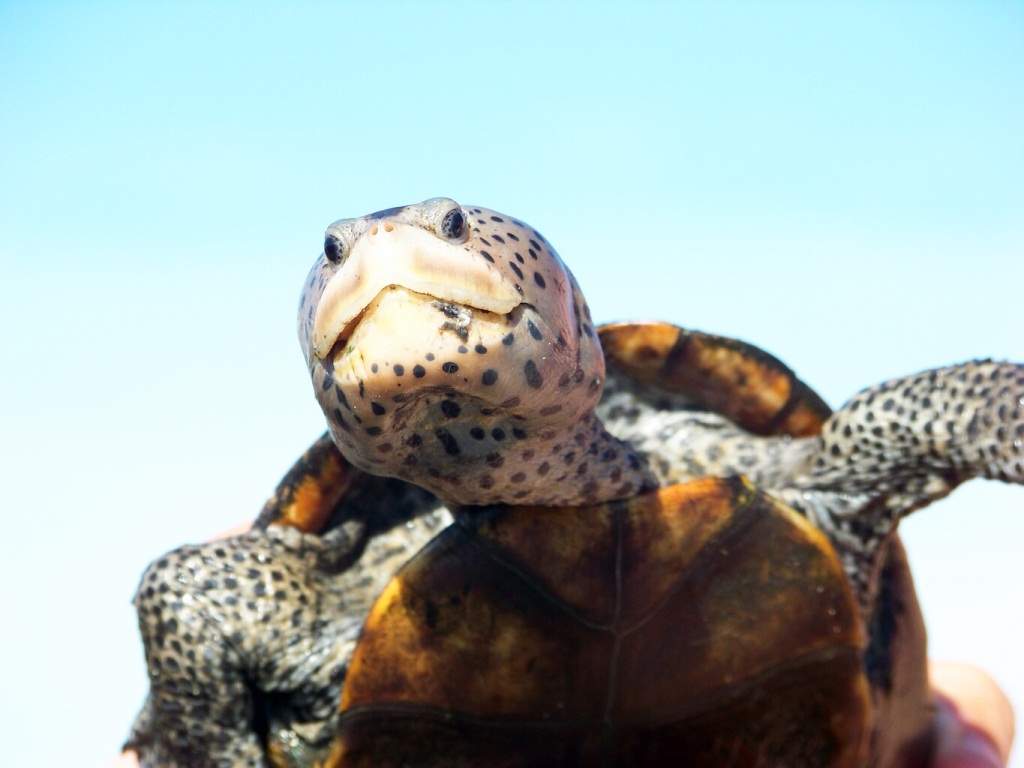
The animals range from Massachusetts to Texas and within this there are seven subspecies. Five of these live in Florida, and three only live in Florida. In the Florida panhandle we have two subspecies: the Ornate terrapin (Malaclemys terrapin macrospilota) and the Mississippi terrapin (M.t. pileata). It is believed the that the Mississippi terrapin only exist in Florida within Pensacola Bay – more on that in a moment.
There are literally no peer reviewed publications on terrapins from the Florida panhandle… none. And this was how the Panhandle Terrapin Project began. The first objective for the project was to determine if terrapins even existed here. We began surveying for evidence of terrapins in 2005 using students from Washington High School in Pensacola. The project quickly fell to myself and my wife due to the best time to do terrapin surveys was May and June. And the worst time to work with high school students was May and June. Between 2005 and 2012 we were able to verify at least one terrapin record in each of the panhandle counties. Yes… terrapins exist in the Florida panhandle.
The second objective was to assess their population status. To do this we used what I call the Mann-Method. Tom Mann, Mississippi Department of Wildlife, had developed a method of using nesting surveys to estimate relative abundance of terrapins within a population. Terrapins tend to have strong site fidelity – they are “home bodies” – and do not move from marsh to marsh. If you can find their marsh, you can find their nesting beaches. If you can find their nesting beaches you can use the Mann-Method to assess their relative abundance.
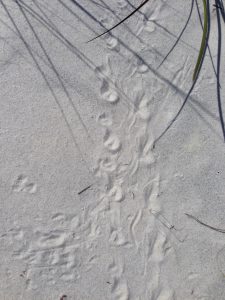
There are a couple of assumptions with the Mann-Method. (1) You are assuming every female in the population nest every year – we are not sure that is true. (2) You are assuming that each female will lay more than one clutch of eggs each season – we do believe this is true. (3) You are assuming that each female will not lay more than one clutch in a 16-day period – we are not sure this is true. (4) You know where all of the nesting beaches are – we are not sure we do. (5) The sex ratio of male to female is 1:1 – we are sure that is not the case. One study suggested that in the panhandle the ratio may be 1:3 in favor of males, another suggested 1:5 in favor of males.
Based off this model, and its assumptions, during a 16-day period of the nesting season, each track/nest would be an individual female. Using 1:1, 1:3, and 1:5 as your sex ratio you can get an estimate of relative abundance.
Another method for estimating relative abundance is counting the number of heads in a 30-minute period. It is understood that if I see different heads during periods of the survey, I may be seeing the same head, but the argument is that if I typically see 10-15 heads during a 30-minute and over time that becomes 15-20, or 20-25, the relative abundance of terrapins is increasing – and visa versa.
And we now have a third and fourth objective. A third objective is to capture animals to place tags on them. Doing this can give us a better idea of how these terrapins are using the habitats in the panhandle, how far they may travel and how they are getting there. The fourth objective is to obtain tissue samples for genetic analysis. The purpose of this is to determine whether the populations in Pensacola Bay are Mississippi terrapins, Ornate terrapins, or hybrids of the two.
Since 2015 this work is now being conducted by trained volunteer citizen scientists – people like you – and we do the trainings in March if interested.
So… how did things go in 2022?
In 2022 we trained 47 volunteers to be survey beaches. 25 (53%) participated in at least one survey.
173 surveys were conducted between April 2 and July 31 at 14 nesting beaches between Escambia and Bay counties. Encounters with terrapins, or terrapin sign, occurred during 43 of the 173 surveys (25%) and three terrapins were captured for tissue and tagging.
Escambia County
| Number of Surveys | Dates | Number of Surveys / Day |
| 29 | Apr 3 – Jul 31 | 0.2 |
| Number of Encounters | Frequency of Encounters | Heads / 30-minutes | Estimated Relative Abundance |
| 4 | .18 | No surveys conducted | 4-12 |
Santa Rosa County
| Number of Surveys | Dates | Number of Surveys / Day |
| 58 | Apr 4 – Jul 5 | 0.6 |
| Number of Encounters | Frequency of Encounters | Heads / 30-minutes | Estimated Relative Abundance |
| 15 | .26 | N=2, 0-49, X = 24 | 30-90 |
Okaloosa County
| Number of Surveys | Dates | Number of Surveys / Day |
| 43 | Apr 18 – Jul 15 | 0.5 |
| Number of Encounters | Frequency of Encounters | Heads / 30-minutes | Estimated Relative Abundance |
| 25 | .58 | N=17, 0-32, X = 11 | 30-90 |
No surveys were conducted in Walton County
Bay County
| Number of Surveys | Dates | Number of Surveys / Day |
| 43 | Apr 2 – Jun 30 | 0.5 |
| Number of Encounters | Frequency of Encounters | Heads / 30-minutes | Estimated Relative Abundance |
| 0 | .00 | No surveys conducted | 0 |
Summary of 2022 Terrapin Season
Surveys of nesting beaches occurred in four of the five counties in the western panhandle.
Terrapins were encountered in each of these cand captured in two of them.
The relative abundance ranged between 0 (Bay County) to between 30-90 individuals (Santa Rosa and Okaloosa counties) and was about 64-192 animals for the entire western panhandle (depending on the sex ratio you use).
We are sure that we have not found all of the nesting beaches in this region and will continue to look for more.
We are awaiting results from the tissue sampling to determine whether we have a distinct population of Mississippi terrapins in Pensacola Bay, but more samples will be needed.
We need to place satellite tags on some females to get a better idea of how they travel through the system.
And our relative abundance numbers suggest that populations in the Florida panhandle are relatively small compared to others within the terrapin range.
More needs to be done and we will continue to survey each spring. If you are interested in becoming a member of the Panhandle Terrapin Project, contact me (Rick O’Connor) at roc1@ufl.edu.
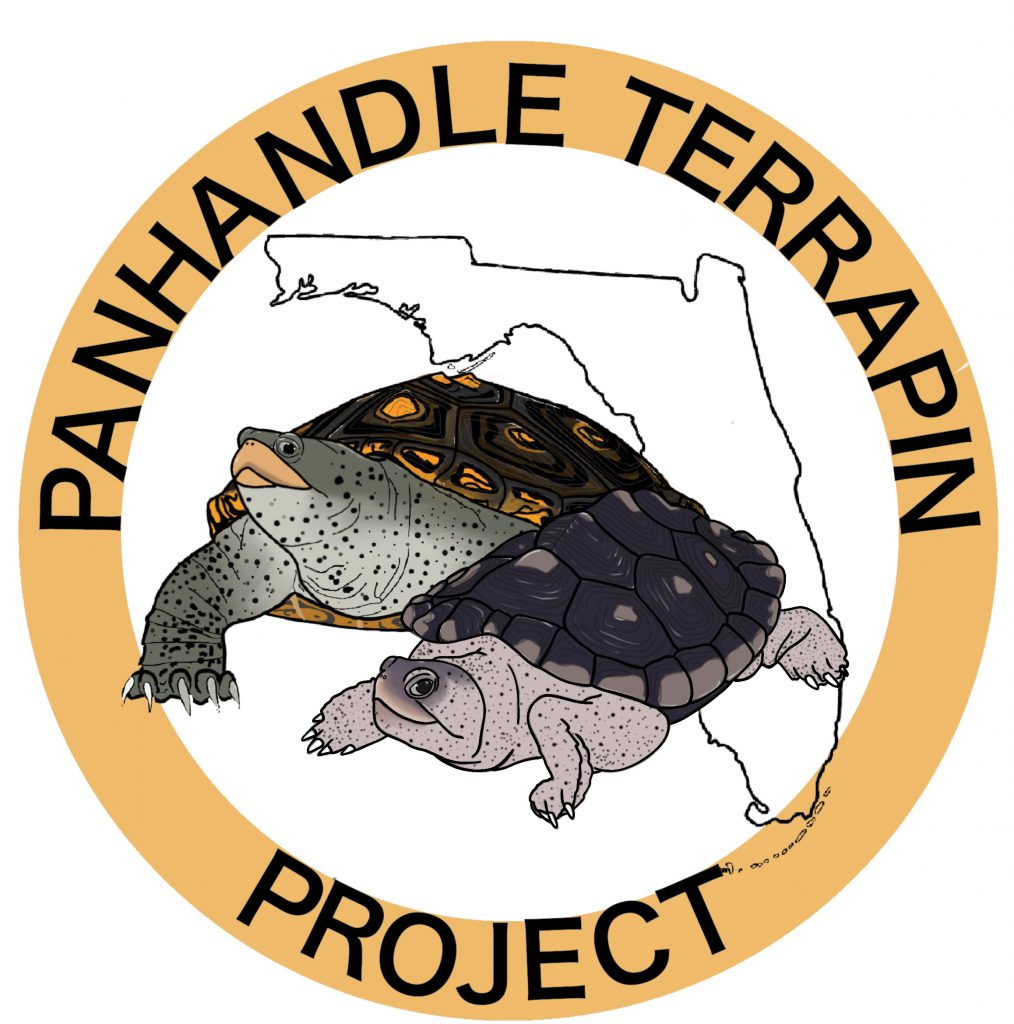
- St. Joe Red Tide Claiming Terrapins - December 15, 2025
- The 2025 Snake Watch Report for the Pensacola Bay Area - December 15, 2025
- Rattlesnakes on Our Barrier Islands; Part 2 – Prey Selection - December 15, 2025

